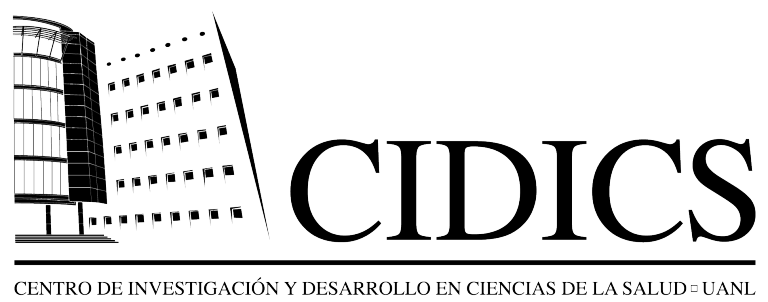Eccentric exercises could be beneficial to treat rotator cuff syndrome.
The rotator cuff is the structure and functional coordination of a group of muscles and tendons that are attached to bones on the shoulder joint. They allow movement and keep steady the head of the humerus on the cavity of the shoulder. Approximately, 10% of the general adult population will go through an episode of pain shoulder throughout their lives (Van de Heijin, 1996). Shoulder pain is the third cause of skeletal muscle pain and it also affects daily life activities.
Estimated incidences of rotator cuff injury are of 3.7 for every thousand a year with a higher occurrence during the fifth decade of life among men and during the sixth decade among women. Shoulder pain incidence in workers can be up to 18.3%, especially on manual workers where work activities demand a big number of specific movements, or in sport activities like tennis, swimming, baseball, etc. And any of the tendons of the rotator cuff can be affected; although, the most common is the supraspinatus muscle.
Pain location can be on the anterior and lateral part of the shoulder, and it can extend to the neck. The most common time where pain takes place is nocturnal and it can come with not being able to lay on the side of the affected arm, and the inability to grab an object with the arm upright; as well as the limitation to rise the arm between 30° and 60° degrees and the limitation of internal and external rotation.
Some of the risk factors are:
- A constant repetition of movements above the head (abduction and external rotation) whether it be because of work activities or sport activities.
- Tobacco consumption.
- Obesity with an increase of the body mass index, hypercholesterolemia, and genetic factors.
- Anatomical variations and abnormal scapula movements.
- Shoulder joint instability, and an exaggerated increase of joints movement.
Most injuries of the rotator cuff can be treated and through the use of:
- Nonsteroidal anti-inflammatories for short periods of time.
- Corticosteroid injections on the initial phase of the injury.
- Functional rehabilitation therapy that includes: cryotherapy, local heat, electrotherapy, therapeutic ultrasound, manual massage for muscular relaxation, joint mobility and exercises to strengthen muscle and stability.
On a pilot type study, with the objective of evaluating the effects of eccentric training programs for the deltoid and supraspinatus muscles on patients with chronic shoulder pain performed in 2006, 9 patients participated (5 men and 4 women), with an average age of 54 years and a pain average duration of 41 months with a tear on the rotator cuff and shoulder impingement. An eccentric contraction exercise program was performed, consisting on performing 3 series of 10 repetitions,
twice a day, 7 days a week for 12 weeks, and evaluated on the Constant and EVA scale to measure pain. The results were: 5 patients presented positive results, with a decrease of 80 an 18 mm on the EVA, and an increase on the punctuation on the Constant scale of 50 to 67 points.
Another self-controlled study, had the objective of evaluating the effects of eccentric training on pain and functionality performed in 2011, where 10 patients with an average of 54 years participated. The duration of pains was of around 12 months with partial tears on the rotator cuff and shoulder impingement. It consisted on the application of a program of home exercises, with eccentric contraction for the supraspinatus and infraspinatus, 3 series of 15 repetitions, twice a day for 12 weeks. It was evaluated on functional shoulder scales, life quality, and EVA. The results have shown a substantial decrease of pain in 8 out of 10 subjects and an increase on function on all of them. Both agree that eccentric exercise to strengthen rotator musculature is beneficial to treat pain on these types of chronic pain, and to prevent future injuries.
Main treatment is based on the correct guidelines of rehabilitation and physiotherapy treatment. It must be considered that treatment can be long and the recovery slow.
Prevention programs are necessary on the long term on patients with rotator cuff syndrome, as well as prevention of recurring injuries. A change on work activity is also necessary when the movements used can lead to injury.
Reviewers: Cassandra Saldaña Pineda (Knowledge Management Unit), Brenda Giselle Alvarez Rodriguez, and Perla Karime Olais Vega (Public Health Research Unit).
Source:
- Diagnóstico y Tratamiento del Síndrome del Manguito Rotador. (Diagnose and Treatmenf of Rotator Cuff Syndrome) México: Secretaría de Salud; 2013.
- Gómez AJM. El manguito de los rotadores. Orthotips, Vol. 10 No. 3, 2014.
- Jonsson P, Wahlström P, Öhberg L, Alfredson H. Eccentric training in chronic painful impingement syndrome of the shoulder: Results of a pilot study. Knee Surg Sports Traumatol Arthrosc. 2006; 14 (1):76-81.
- Bernhardsson S, Klintberg IH, Wendt GK. Evaluation of an exercise concept focusing on eccentric strength training of the rotator cuff for patients with subacromial impingement syndrome. Clin Rehabil. 2011; 25 (1):69-78.
- Mayo Foundation for Medical Education and Research.
- MedlinePlus

